Silverbeet Rainbow Chard
$4.49
Beta Vulgaris
- Seed Count 50
- Mix of yellow, white, pink and red
- Hardy Biennial
In stock
Description
With red, pink, golden orange, and yellow stems set off by dark green foliage this beautiful mix of coloured stems could be grown in the flower garden and not be out of place. Silverbeet Rainbow Chard makes a great colourful addition to stir-fries and even salads.
All of the plant parts are edible. It is an easy vegetable to grow in the home garden and is well suited to all climates, although it does best when you avoid growing it in very hot months. It will cope well enough with mildly hot weather.
Silverbeet is very tender and tastes similar to Spinach, however it is a member of the beet family. This leafy green is a very nutritious vegetable, providing vitamins, minerals, and powerful plant compounds. They can be harvested young for salads or left to mature for cooking.
| Method: Sow direct | Soil Temp: 10°C - 30°C |
| Cool Mountain: Sep - Mar | Position: Part sun |
| Arid: Jan - Dec | Row Spacing: 30cm apart |
| Temperate: Sep - May | Planting Depth: 10mm |
| Sub Tropical: Jan - Dec | Harvest: 60 days |
| Tropical: Apr - Jul | Plant Height: 40cm |
Climate and Timing:
- Ideal Regions: Silverbeet flourishes in temperate to cool regions. It can tolerate heat but prefers a cooler growing period.
- Seasons for Planting:
- Cooler Areas: Sow seeds from early spring to summer.
- Warmer Areas: Sow seeds in autumn and avoid the hottest summer months to prevent bolting.
Soil Preparation:
- Soil Type: Prefers fertile, well-drained soil with good organic content. Ideal soil texture is sandy loam or loamy soils.
- pH Levels: Aim for a pH of 6.0 to 7.0. Conduct a soil test, if possible, to determine required amendments.
- Soil Preparation Steps:
- Clear the area of debris and weeds.
- Incorporate organic matter such as compost or well-rotted manure to enrich the soil.
- Break up any large clumps and ensure good aeration.
Planting:
- Seed Starting:
- Seeds can be sown directly in the garden or started indoors for later transplanting.
- Plant seeds 1 cm deep.
- Spacing:
- Space seeds or seedlings about 30 cm apart to allow for mature growth.
- For a continuous harvest, you may stagger planting every few weeks.
Care and Maintenance:
- Watering:
- Maintain consistent moisture, especially in dry spells. Water deeply to encourage deep root growth; avoid waterlogging.
- Mulch around the plants to retain moisture and suppress weeds.
- Fertilisation:
- Use an all-purpose organic fertiliser every 4-6 weeks during the growing season to promote strong leaf growth.
- Pruning and Harvesting:
- Pick outer leaves as needed, allowing the inner leaves to continue growing.
- Regular harvesting promotes bushier growth and can extend the harvesting period.
Pests and Diseases:
- Common Pests:
- Aphids: Small insects that can cluster on leaves. Control with neem oil or insecticidal soap.
- Slugs and Snails: Manually remove or use organic barriers.
- Caterpillars: Hand-pick or use organic sprays to deter them.
- Diseases:
- Watch for downy mildew and rust. Ensure good air circulation and avoid overhead watering to reduce humidity on foliage.
Companion Planting
Good Companion Plants:
- Onions and Garlic: Strong scents repel aphids and other pests, protecting Silverbeet from infestations.
- Carrots: They do not compete heavily for nutrients and can help aerate the soil with their roots.
- Beets: Being from the same family, they often flourish together, utilizing similar nutrients effectively.
- Basil: Enhances the flavour of Silverbeet and can deter some pests.
Plants to Avoid:
- Pole Beans and Peas: These can attract pests that might also harm Silverbeet and compete for nutrients.
- Potatoes: They are susceptible to similar diseases and can hinder Silverbeet growth.
- Corn: Can shade Silverbeet and lead to inadequate light for optimal growth.
Additional Tips:
- Crop Rotation: Practice crop rotation to prevent nutrient depletion and reduce the risk of soil-borne diseases.
- Succession Planting: Plant Silverbeet in succession for continuous harvesting. This means sowing seeds every 2-3 weeks.
- Harvesting: Always harvest in the morning for the best taste and texture, removing only what you need to encourage continued growth.

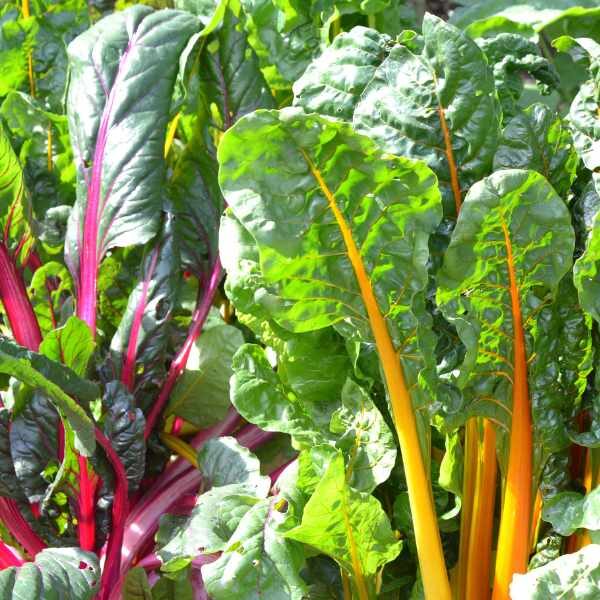
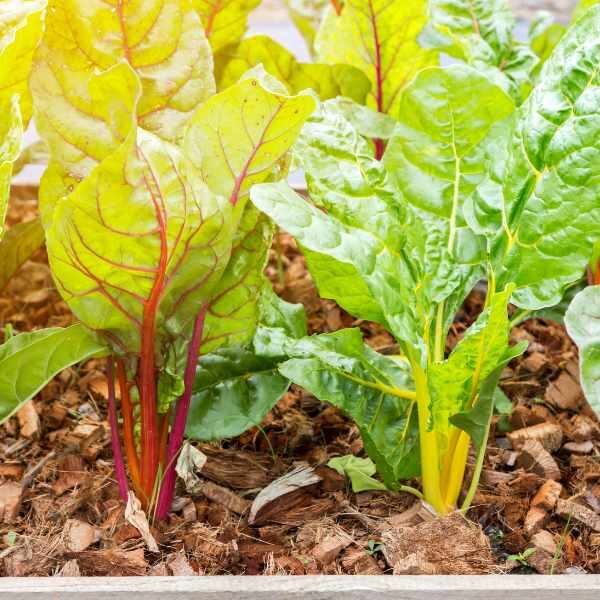

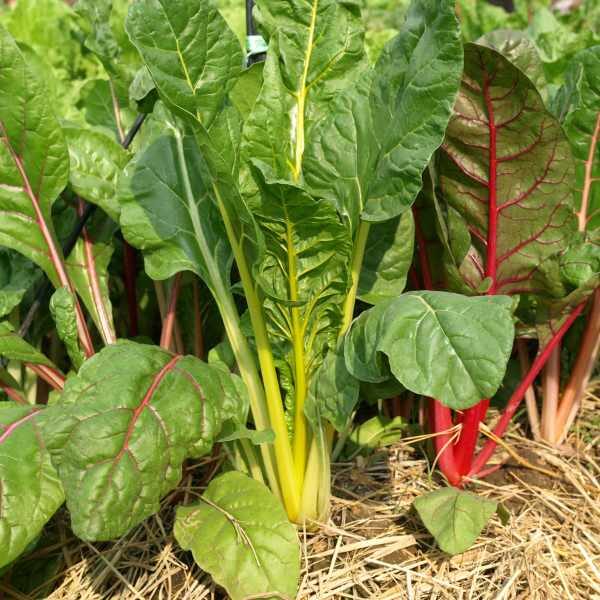



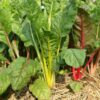


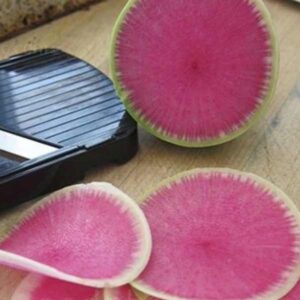

Reviews
There are no reviews yet